- Home
- Art
Original art for sale
Shop original and limited edition art, directly from artists around the world.
Clear all 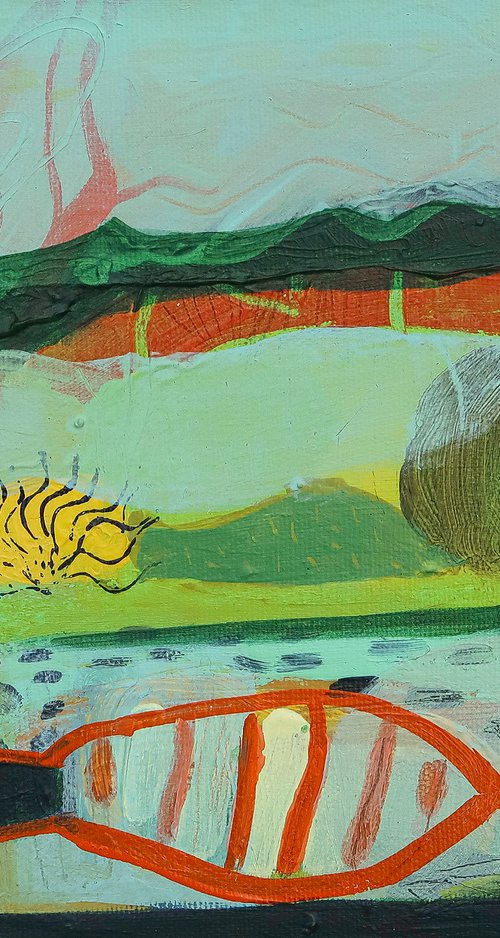
Suzie Cumming
Acrylic painting
29 x 24cm
£250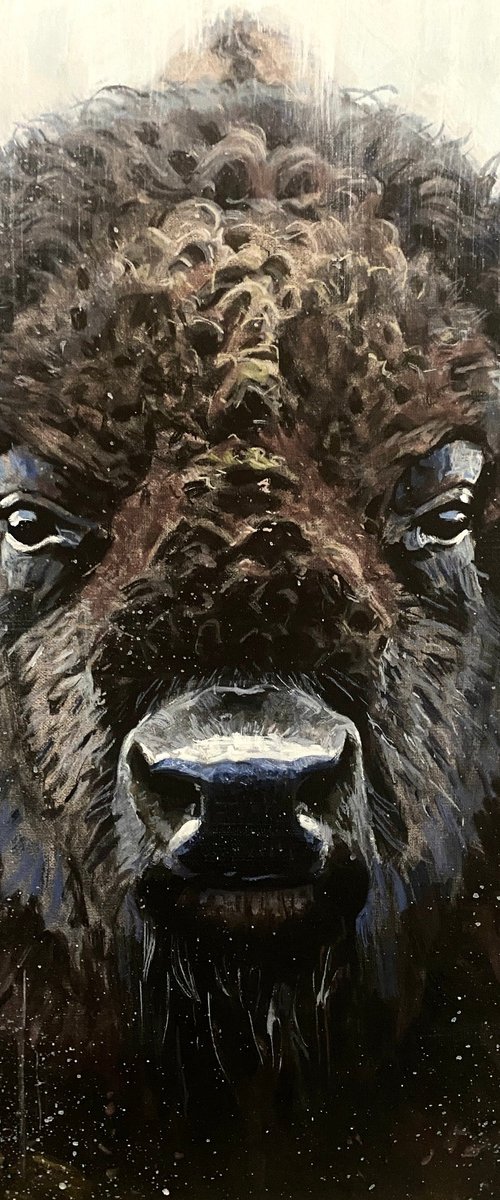
Paul Cheng
Acrylic painting
51 x 61cm
£592

Journey Gong
Photograph
68 x 104cm
£737
Lena Vylusk
Oil painting
70 x 100cm
£1000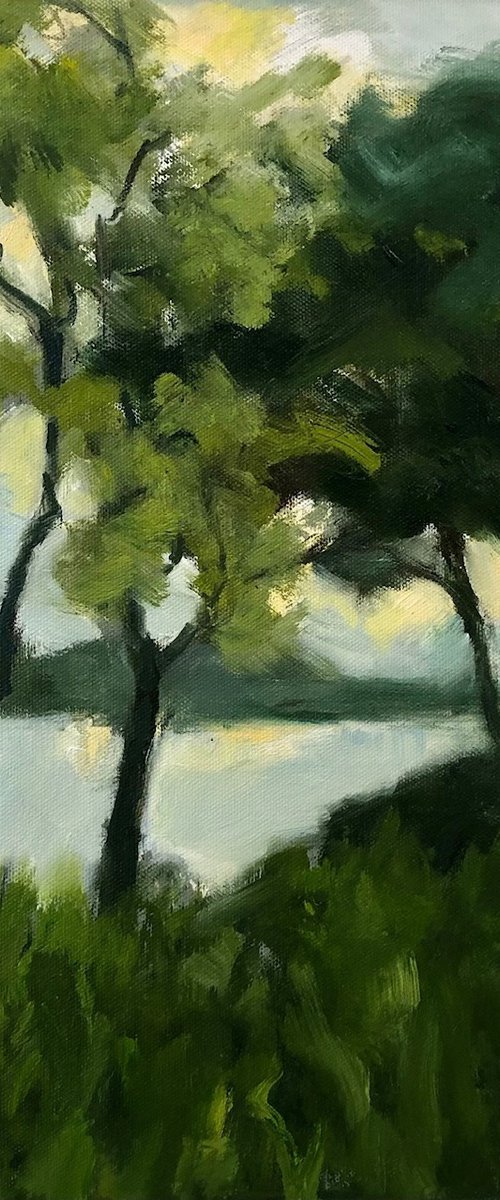
Joanna Farrow
Oil painting
43 x 43cm
£425
Ana Hefco
Acrylic painting
41 x 41cm
£296
Andrew Moodie
Drawing
50 x 50cm
£395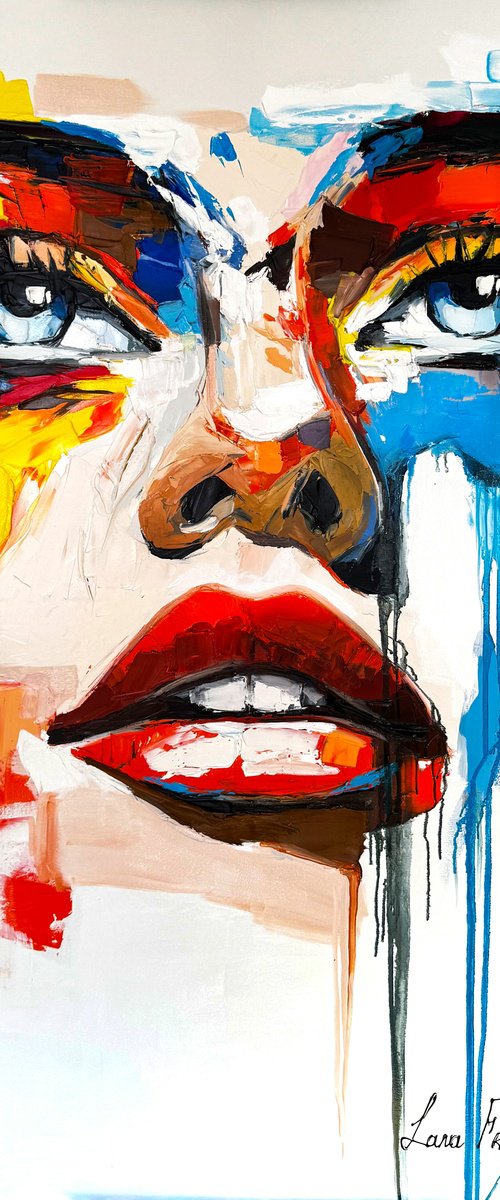
Lana Frey
Oil painting
100 x 150cm
£6498

Tatiana Georgieva
Acrylic painting
184 x 94cm
£2738
Danijela Dan
Acrylic painting
80 x 80cm
£823
Karim Carella
Photograph
150 x 88cm
£597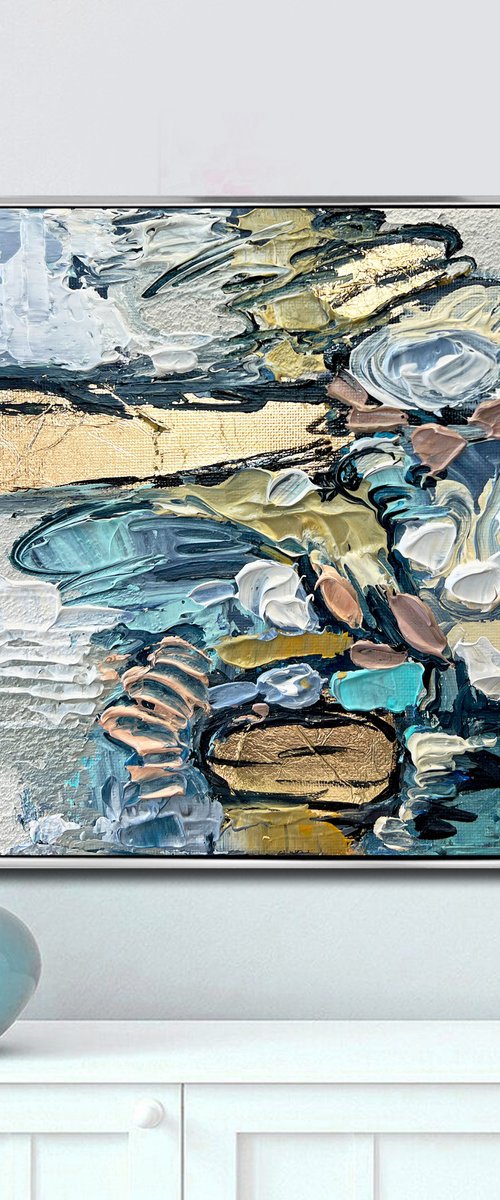
Lana Guise
Acrylic painting
22 x 22cm
£265


